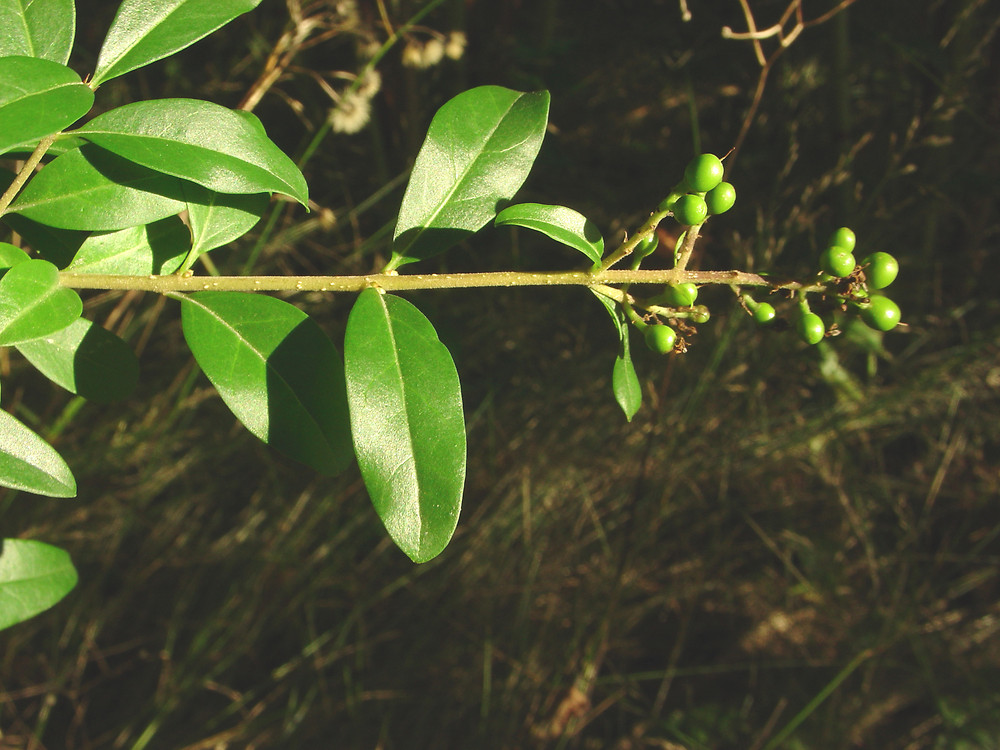
Ligustrum vulgare (European privet) Go Botany
Summary Bloom Color: White. Main Bloom Time: Early summer, Early spring, Late summer, Late spring, Mid summer, Mid spring. Form: Vase. Physical Characteristics Ligustrum vulgare is an evergreen Shrub growing to 3 m (9ft) by 3 m (9ft) at a medium rate. See above for USDA hardiness. It is hardy to UK zone 4 and is not frost tender.

Image Common privet (Ligustrum vulgare 'Atrovirens') 517195 Images
Scientific name: Ligustrum vulgare Wild privet is a shrub of hedgerows, woodlands and scrub, but is also a popular garden-hedge plant. It has white flowers in summer and matt-black berries in winter that are very poisonous. Species information Category Trees and shrubs Statistics Height: 3-5m Conservation status Common. When to see
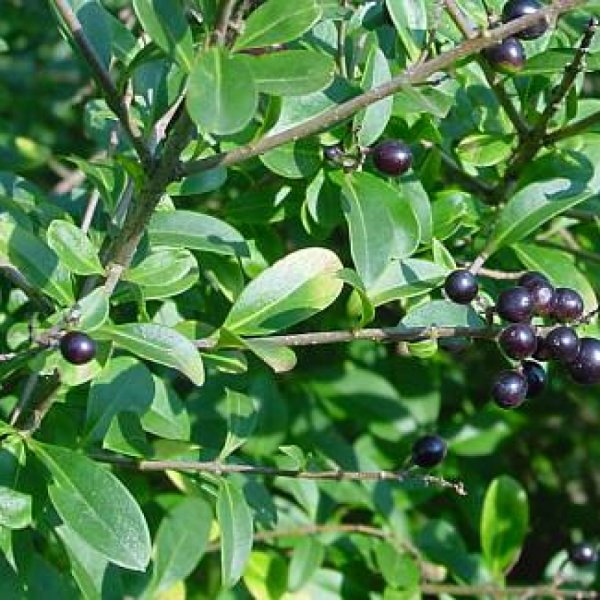
Privet (Ligustrum Vulgare) 5 seeds
Description. A handsome dwarf privet with a dense habit and rich green foliage that shears well. If not pruned, panicles of lightly-scented white flowers appear late spring to early summer, followed by black ornamental berries in late summer. An excellent choice for low hedges. A very easy to grow and versatile shrub. Deciduous. Light. Full sun.
Fileკვიდო Ligustrum vulgare Common Privet (2).JPG Wikimedia Commons
Botanical name: Ligustrum vulgare Height: 10 to 15 feet (3-4.57m) Spread: 8 to 15 feet (2-4.57m) Sun exposure: Full direct sun to partial shade Soil requirements: Average well-draining soil Hardiness zones: USDA 4-7 When to plant: Spring or fall

Image Common privet (Ligustrum vulgare 'Atrovirens') 475107 Images
Flower Color White. Fruit Color Black. Mature Plant Size (H x W) 8-10' x 8-10'. Cheyenne is an upright, hardy European Privet introduced by the Cheyenne Field Station in Wyoming. The Cheyenne Privet hedge makes an excellent screen in the landscape. It is treasured by gardeners for its subtle beauty in its glossy-green foliage.
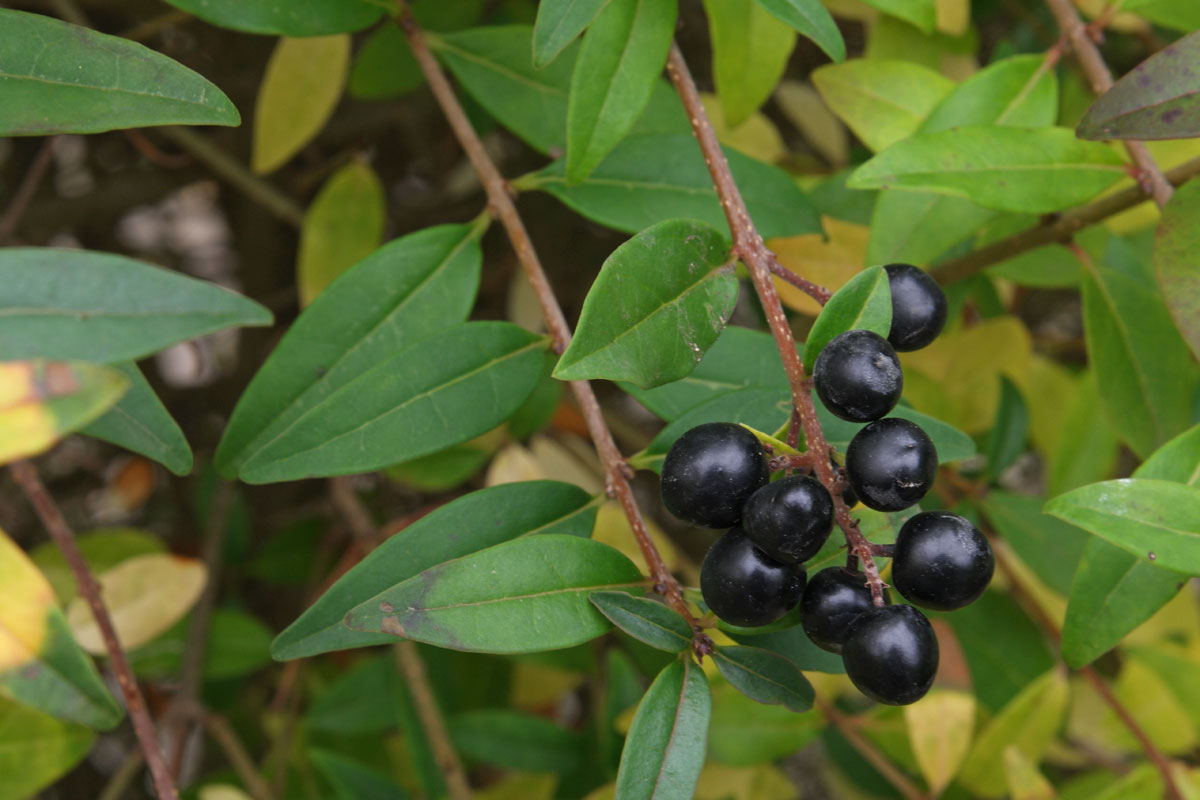
Wild Privet
Ligustrum vulgare (Common Privet) is a fast-growing, bushy, deciduous or semi-evergreen shrub with lance-shaped, dark green leaves, 2.5 in. long (6 cm), and panicles of small, white flowers at the stem tips in early summer. The blossoms are very fragrant, but are considered by many to have an unpleasant aroma.
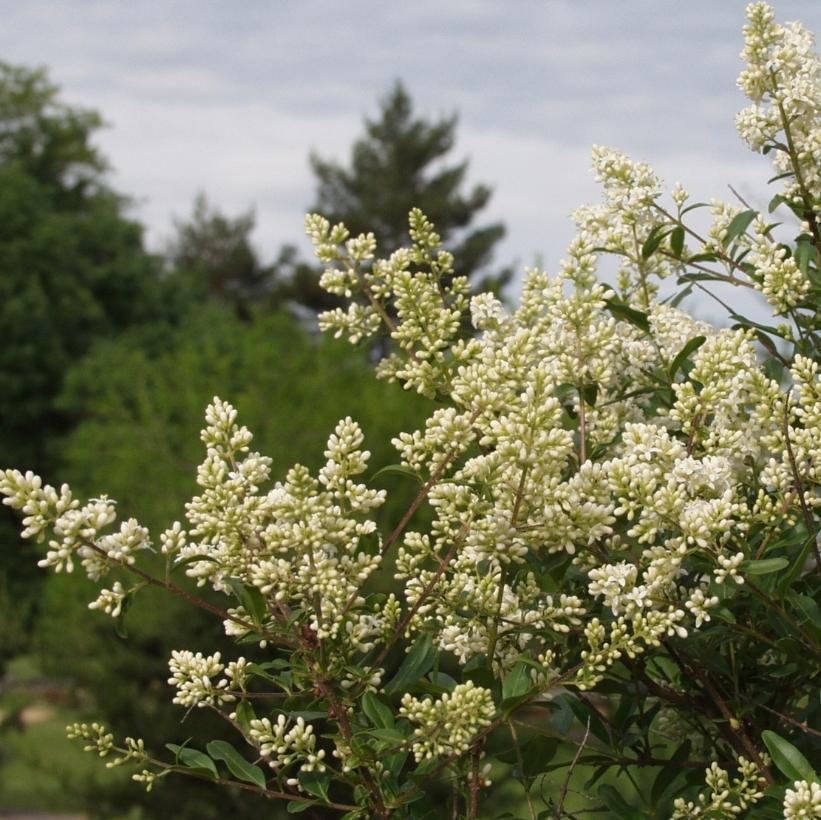
Ligustrum vulgare from NVK Nurseries
Copyright: various copyright holders. image, please click it to see who you will need to contact. New England distribution Adapted from BONAPdata about the labels on this map Native:indigenous. Non-native:introduced (intentionally or unintentionally); has become naturalized.

Ligustrum vulgare Wild Privet hedging
Looking For Privet Ligustrum? We Have Almost Everything On eBay. But Did You Check eBay? Check Out Privet Ligustrum On eBay.

European privet (Ligustrum vulgare)
Privet is a vigorous deciduous shrub in the Oleaceae (olive) family native to Eurasia. The leaves are glossy, flowers are white and airy and followed by dark black fleshy berries that are enjoyed by birds. Birds tend to spread the seeds around so prune off flowers immediately to avoid setting fruit.
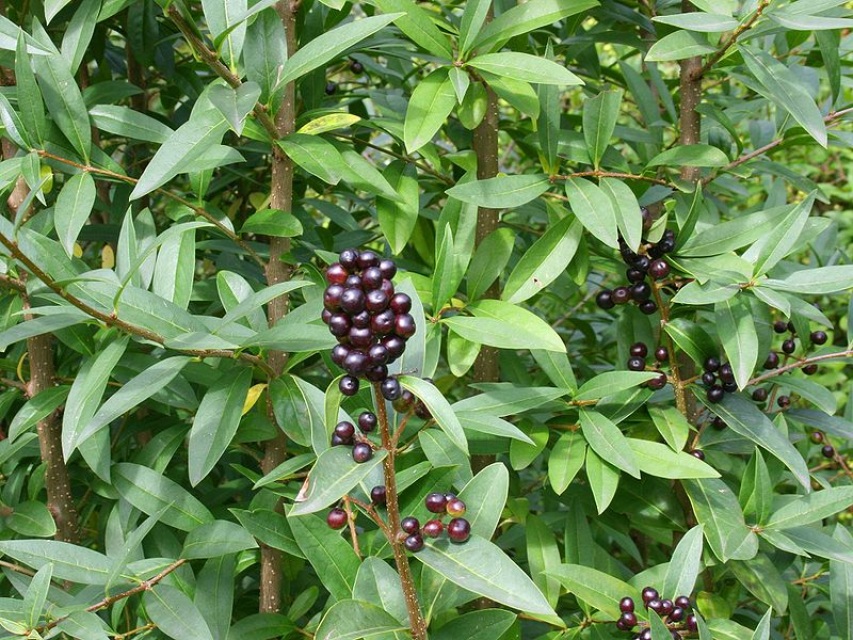
Wild Privet (ligustrum vulgare)
Wild privet, Ligustrum vulgare, is native to the UK and Europe and is often included in mixed native hedge mixes to provide evergreen cover in winter. It bears small white flowers in summer, followed by dark purple/black berries. It's a popular roosting and nesting habitat for birds and its flowers and berries are well used by local wildlife.

Ligustrum Vulgare
Main article: Privet as an invasive plant The species is listed as invasive as an introduced plant in Australia, [9] Canada, [10] New Zealand, [11] and the United States. [12] [13] It is also fully naturalised in Mexico 's highlands [14] and Argentina. [15] Etymology Ligustrum means 'binder'. It was named by and Virgil. [16]
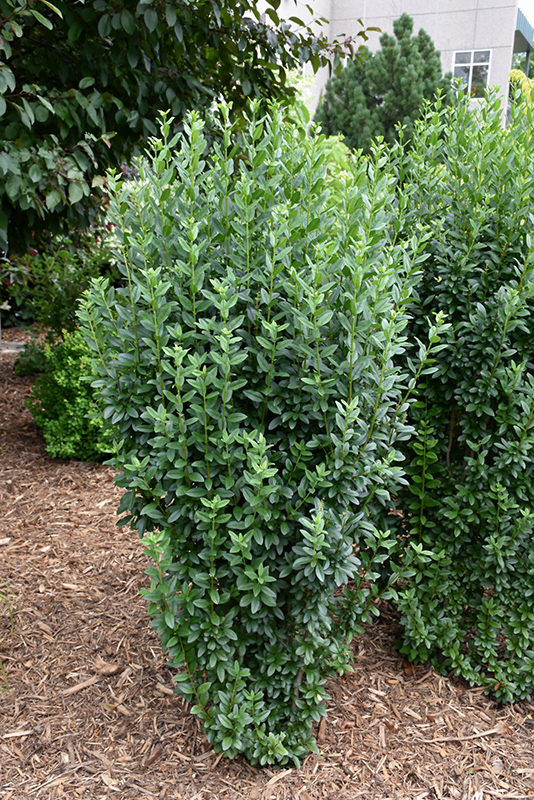
Straight Talk Privet (Ligustrum vulgare 'Swift') in Naperville Aurora
Ligustrum Factsheet | HGIC 1070 | Updated: Jan 26, 2021 | Print | Download (PDF) Common or European privet ( Ligustrum vulgare) and Chinese privet ( L. sinense) have escaped into the wild in South Carolina to become weedy and invasive pests. Birds eat the small, black fruit and deposit the seeds everywhere.

European privet, Ligustrum vulgare (Scrophulariales Oleaceae) 5396142
wild privet A bushy, deciduous or semi-evergreen shrub with dark green, lance-shaped leaves and terminal panicles of small, white, pungently-scented flowers in summer, followed by small, shining black berries Other common names common privet prim see more prim-cut Join the RHS today and save 25% Join now < > © RHS 2002 © visionspictures.com
-Leaves.jpg)
Wild Privet (Ligustrum vulgare) Hedges Direct UK
The Plant List (2013) cites 11 synonyms of L. vulgare, 2 of which are invalid and one is illegitimate.There are also 14 varieties, 1 subspecies and 2 forms of L. vulgare listed.Plants from the warmer parts of the range show a stronger tendency to be fully evergreen; these have sometimes been treated as a separate variety, Ligustrum vulgare var. italicum but others do not regard it as distinct.

Wild Privet (Ligustrum vulgare) Hedges Direct UK Hedging plants
Common Privet (Ligustrum vulgare) Common privet is a deciduous shrub that is native to Europe, West Asia, and North Africa. It reaches a height and spread of 15 feet (4.5 m) and produces masses of white flowers in midsummer. Their flowers have a strong odor and occur in panicles of 2 to 3 inches (5 to 7.5 cm) long.
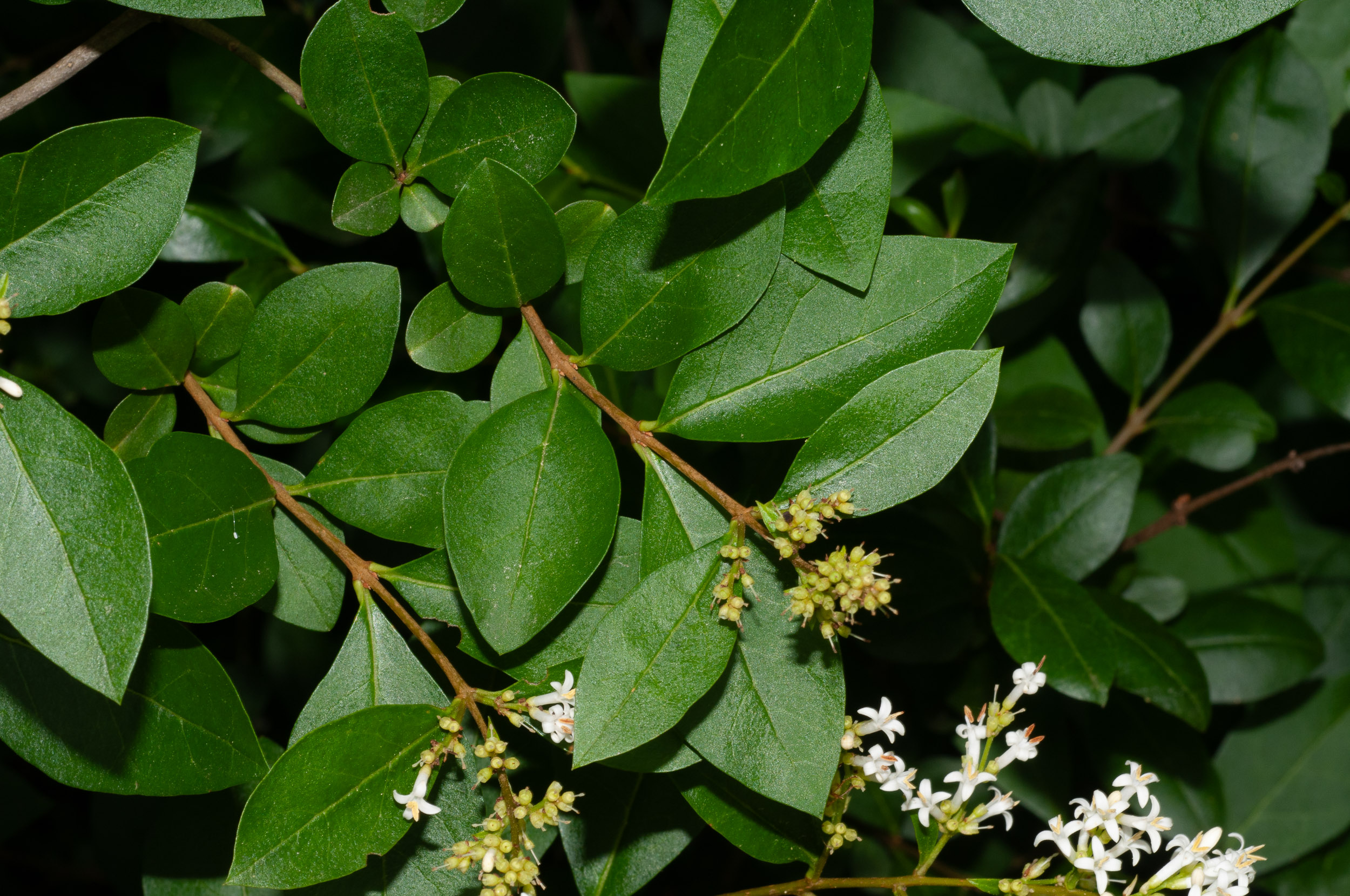
Ligustrum vulgare (Privet)
Ligustrum vulgare, called common privet, European privet or wild privet, is a fast-growing, deciduous (semi-evergreen in mild winter climates) shrub that typically grows 10-15' tall and as wide. It has good winter hardiness and formerly was the most popular species of privet grown for hedging in northern areas.